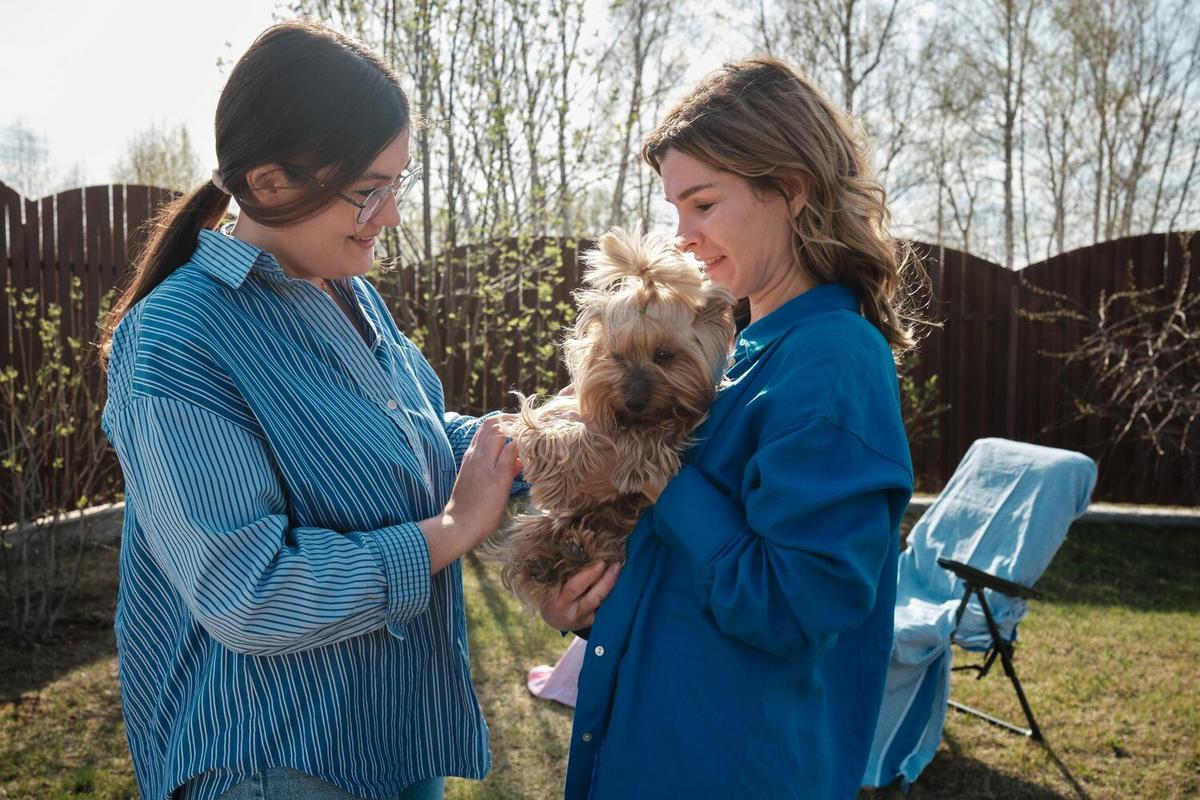
The Benefits of Regular Veterinary Visits for Your Pet
Ensuring your pet’s health and happiness is a priority for every pet owner, and regular veterinary visits play a crucial role in achieving this goal.
Regular veterinary visits are essential for maintaining the health and well-being of your pet. These check-ups not only help in early detection of potential health issues but also provide an opportunity for pet owners to seek professional advice on pet care.
The Importance of Routine Vet Visits
Veterinary visits are not just for when your pet is feeling under the weather. Routine check-ups can help detect health issues before they become serious. According to a study by the American Veterinary Medical Association, pets that receive regular veterinary care live longer and healthier lives.
Expert Opinions
Dr. Lisa Freeman, a veterinarian and professor at a renowned veterinary school, emphasizes, “Regular health checks are vital for early detection of diseases such as diabetes, arthritis, or dental issues, which are common in older pets.” This expert insight underscores the importance of consistent veterinary care.
Statistics and Research
Research indicates that preventive care can reduce the incidence of serious illnesses by up to 30%. Regular exams, vaccinations, and screenings are critical components of a comprehensive pet health plan.
Personal Stories
Consider the story of Jack and his Labrador, Max. By attending regular vet visits, Jack was able to catch Max’s developing arthritis early, allowing for a treatment plan that greatly improved Max’s quality of life.
Actionable Tips for Pet Owners
- Schedule bi-annual vet visits for comprehensive health evaluations.
- Keep a record of your pet’s medical history for easy reference during check-ups.
- Discuss any changes in behavior or diet with your vet, as these could indicate underlying health issues.
Understanding Veterinary Services
| Service | Description |
|---|---|
| Physical Exam | A thorough check-up to assess overall health. |
| Vaccinations | Essential for preventing common diseases. |
| Dental Check | Important for maintaining oral health. |
| Parasite Control | Prevents infestations of fleas, ticks, and worms. |
| Blood Tests | Helps in detecting underlying health issues. |
| Nutrition Advice | Guidance on a balanced diet for your pet. |
| Behavior Consultation | Addresses any behavioral concerns. |
| Emergency Care | Immediate treatment for urgent conditions. |
FAQs About Veterinary Visits
Common Questions
How often should I take my pet to the vet?
It is recommended to take your pet for a routine check-up twice a year, unless otherwise advised by your veterinarian.
What should I expect during a veterinary visit?
A typical visit includes a physical exam, vaccinations, and discussions about your pet’s diet and behavior.
Are vet visits necessary for indoor pets?
Yes, indoor pets also need regular check-ups to monitor their health and address any potential issues.
Conclusion
Regular veterinary visits are an integral part of responsible pet ownership. They ensure your pet remains healthy, happy, and lives a long life. By prioritizing these visits, you are taking a proactive approach to your pet’s health. For more information on pet care, consider visiting reputable pet health websites and forums.


